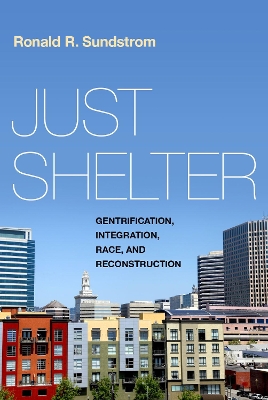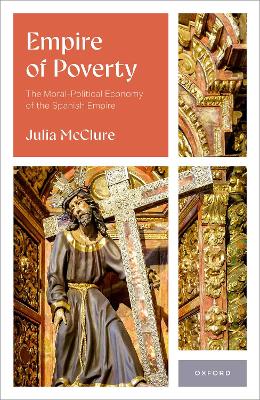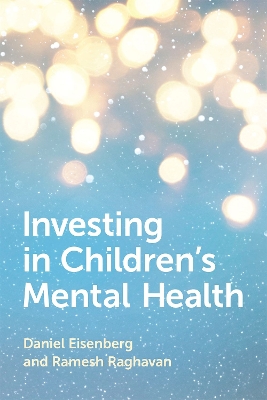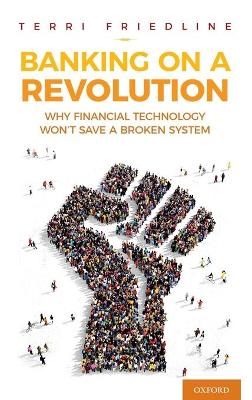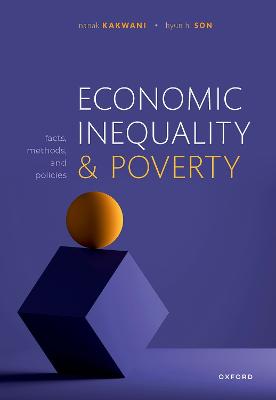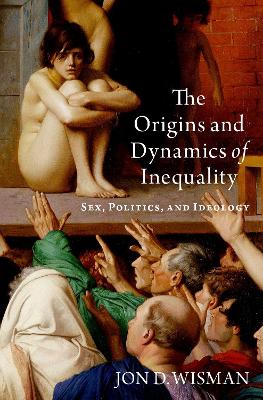Poorly Understood
 -10%
portes grátis
-10%
portes grátis
Poorly Understood
What America Gets Wrong About Poverty
Eppard, Lawrence M.; Bullock, Heather E.; Rank, Mark Robert
Oxford University Press Inc
04/2021
256
Dura
Inglês
9780190881382
15 a 20 dias
496
Descrição não disponível.
Chapter 1: Introduction
Section I: Who Are the Poor?
Chapter 2: Most Americans Will Experience Poverty
Chapter 3: The Poor Tend to Live Outside of Impoverished Inner City
Chapter 4: Poverty Spells Are Short but Frequent
Chapter 5: Whites Comprise the Largest Racial Group Experiencing Poverty
Section II: Why Is There Poverty?
Chapter 6: Hard Work is Not Sufficient
Chapter 7: Raising Education and Skill Levels Will Not Solve Poverty Alone
Chapter 8: Decision Making is Constrained for Those With Fewer Resources
Chapter 9: Poverty is Preventable
Section III: What Is the Cost of Poverty?
Chapter 10: America's Poor Are Worse Off than Elsewhere
Chapter 11: The Economic Cost of Poverty Is Enormous
Chapter 12: The Moral Ground to View Poverty Is Injustice
Section IV: Does Welfare Work?
Chapter 13: The U.S. Welfare State is Minimal
Chapter 14: Welfare Fraud is Scarce
Chapter 15: Government Programs Can Reduce Poverty
Section V: How Extensive Is Inequality?
Chapter 16: The U.S. is No Longer a Land of Upward Mobility and Opportunity
Chapter 17: The Playing Field is Uneven
Chapter 18: Inequality Matters
Section VI: Pulling It Together
Chapter 19: Why Do the Myths Persist?
Chapter 20: Reshaping Social Policy
Chapter 21: Creating Change
Appendix: Further Readings and Resources
Notes
Acknowledgements
Section I: Who Are the Poor?
Chapter 2: Most Americans Will Experience Poverty
Chapter 3: The Poor Tend to Live Outside of Impoverished Inner City
Chapter 4: Poverty Spells Are Short but Frequent
Chapter 5: Whites Comprise the Largest Racial Group Experiencing Poverty
Section II: Why Is There Poverty?
Chapter 6: Hard Work is Not Sufficient
Chapter 7: Raising Education and Skill Levels Will Not Solve Poverty Alone
Chapter 8: Decision Making is Constrained for Those With Fewer Resources
Chapter 9: Poverty is Preventable
Section III: What Is the Cost of Poverty?
Chapter 10: America's Poor Are Worse Off than Elsewhere
Chapter 11: The Economic Cost of Poverty Is Enormous
Chapter 12: The Moral Ground to View Poverty Is Injustice
Section IV: Does Welfare Work?
Chapter 13: The U.S. Welfare State is Minimal
Chapter 14: Welfare Fraud is Scarce
Chapter 15: Government Programs Can Reduce Poverty
Section V: How Extensive Is Inequality?
Chapter 16: The U.S. is No Longer a Land of Upward Mobility and Opportunity
Chapter 17: The Playing Field is Uneven
Chapter 18: Inequality Matters
Section VI: Pulling It Together
Chapter 19: Why Do the Myths Persist?
Chapter 20: Reshaping Social Policy
Chapter 21: Creating Change
Appendix: Further Readings and Resources
Notes
Acknowledgements
Este título pertence ao(s) assunto(s) indicados(s). Para ver outros títulos clique no assunto desejado.
Chapter 1: Introduction
Section I: Who Are the Poor?
Chapter 2: Most Americans Will Experience Poverty
Chapter 3: The Poor Tend to Live Outside of Impoverished Inner City
Chapter 4: Poverty Spells Are Short but Frequent
Chapter 5: Whites Comprise the Largest Racial Group Experiencing Poverty
Section II: Why Is There Poverty?
Chapter 6: Hard Work is Not Sufficient
Chapter 7: Raising Education and Skill Levels Will Not Solve Poverty Alone
Chapter 8: Decision Making is Constrained for Those With Fewer Resources
Chapter 9: Poverty is Preventable
Section III: What Is the Cost of Poverty?
Chapter 10: America's Poor Are Worse Off than Elsewhere
Chapter 11: The Economic Cost of Poverty Is Enormous
Chapter 12: The Moral Ground to View Poverty Is Injustice
Section IV: Does Welfare Work?
Chapter 13: The U.S. Welfare State is Minimal
Chapter 14: Welfare Fraud is Scarce
Chapter 15: Government Programs Can Reduce Poverty
Section V: How Extensive Is Inequality?
Chapter 16: The U.S. is No Longer a Land of Upward Mobility and Opportunity
Chapter 17: The Playing Field is Uneven
Chapter 18: Inequality Matters
Section VI: Pulling It Together
Chapter 19: Why Do the Myths Persist?
Chapter 20: Reshaping Social Policy
Chapter 21: Creating Change
Appendix: Further Readings and Resources
Notes
Acknowledgements
Section I: Who Are the Poor?
Chapter 2: Most Americans Will Experience Poverty
Chapter 3: The Poor Tend to Live Outside of Impoverished Inner City
Chapter 4: Poverty Spells Are Short but Frequent
Chapter 5: Whites Comprise the Largest Racial Group Experiencing Poverty
Section II: Why Is There Poverty?
Chapter 6: Hard Work is Not Sufficient
Chapter 7: Raising Education and Skill Levels Will Not Solve Poverty Alone
Chapter 8: Decision Making is Constrained for Those With Fewer Resources
Chapter 9: Poverty is Preventable
Section III: What Is the Cost of Poverty?
Chapter 10: America's Poor Are Worse Off than Elsewhere
Chapter 11: The Economic Cost of Poverty Is Enormous
Chapter 12: The Moral Ground to View Poverty Is Injustice
Section IV: Does Welfare Work?
Chapter 13: The U.S. Welfare State is Minimal
Chapter 14: Welfare Fraud is Scarce
Chapter 15: Government Programs Can Reduce Poverty
Section V: How Extensive Is Inequality?
Chapter 16: The U.S. is No Longer a Land of Upward Mobility and Opportunity
Chapter 17: The Playing Field is Uneven
Chapter 18: Inequality Matters
Section VI: Pulling It Together
Chapter 19: Why Do the Myths Persist?
Chapter 20: Reshaping Social Policy
Chapter 21: Creating Change
Appendix: Further Readings and Resources
Notes
Acknowledgements
Este título pertence ao(s) assunto(s) indicados(s). Para ver outros títulos clique no assunto desejado.

